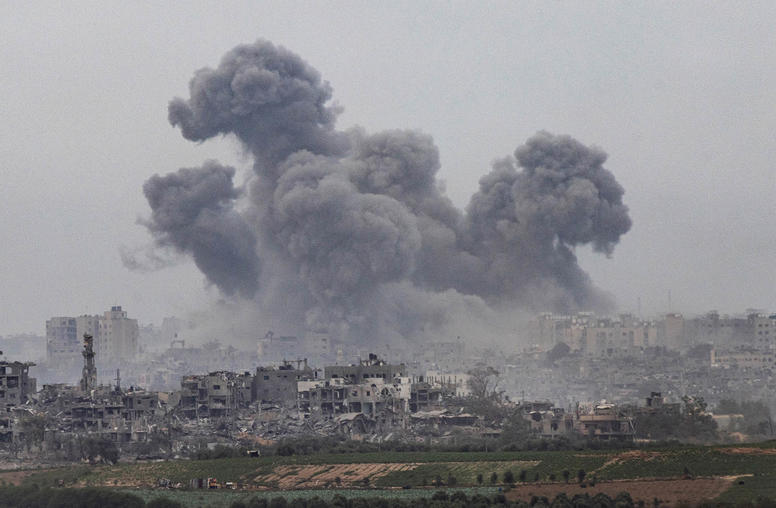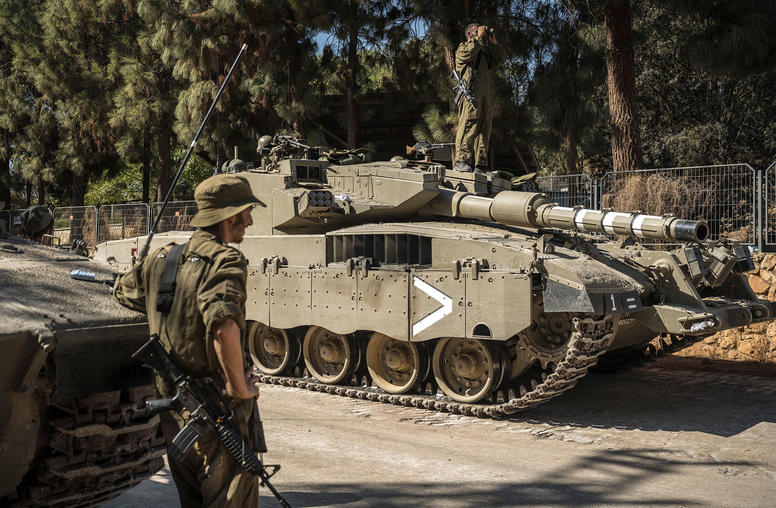Lebanon at the Crossroads
The Middle East’s Realignments and Crises
Read the event coverageThis event is part of a series highlighting themes from “Imagine: Reflections on Peace,” a multimedia exhibit from USIP and The VII Foundation that explores the challenges of peacebuilding through an immersive look at societies that suffered — and survived — violent conflict.
As Lebanon contends with cascading humanitarian, economic and political crises, the May 2022 parliamentary elections offered a glimmer of hope with the success of an unprecedented number of reform-minded candidates. Yet, the country is still grappling with the consequences of an imperfect peace that began with the 1989 Ta’if Accord, which ended a 15-year civil war. This flawed peace continues to resonate both internally and throughout the region.
On June 16, USIP hosted a discussion on whether Lebanon’s 2022 elections can initiate a drive for reforms aimed at Lebanon’s entrenched and corrupt political system — or if the still-fragile country might fall deeper into crisis and political gridlock. The conversation also looked at the full kaleidoscope of regional realignments, crises and power vacuums surrounding Lebanon, such as how tensions between Israel and Hezbollah (and by extension Iran) will evolve if efforts to revive the JCPOA fail, the prospects for renewed Saudi engagement in Lebanon, and what Russia’s potentially changing relationship with the region — particularly in Syria — means for Lebanon’s future.
Continue the conversation on Twitter with #LebanonCrossroads.
Speakers
Paul Salem
President, Middle East Institute
David Schenker
Taube Senior Fellow; Director, Program on Arab Politics, The Washington Institute for Near East Policy
Mona Yacoubian
Senior Advisor, U.S. Institute of Peace
Ambassador Hesham Youssef, moderator
Senior Fellow, U.S. Institute of Peace



